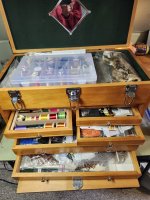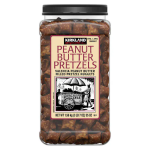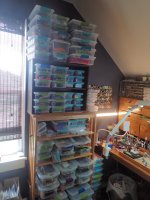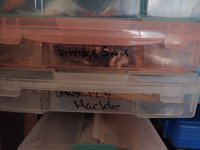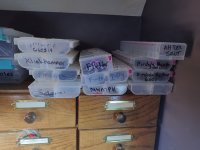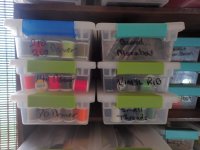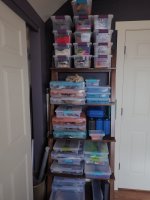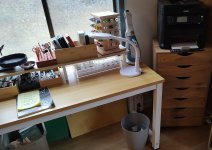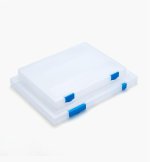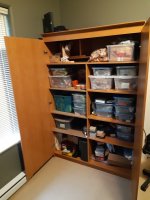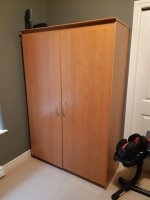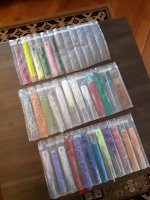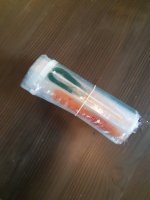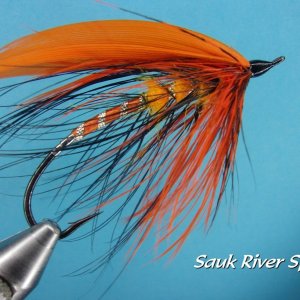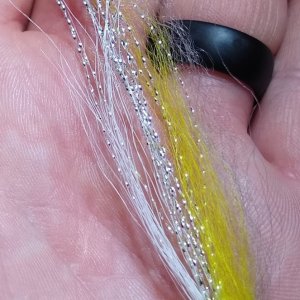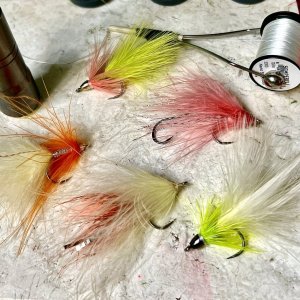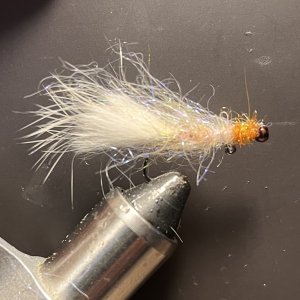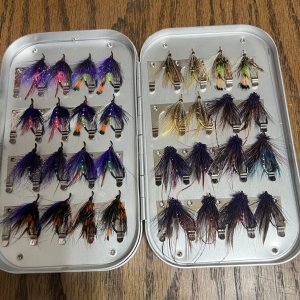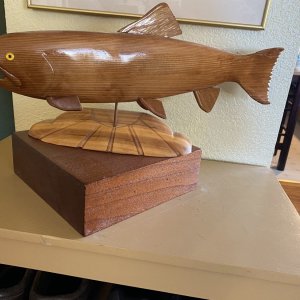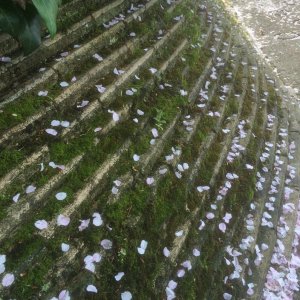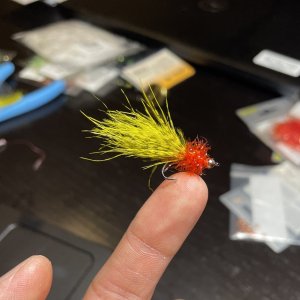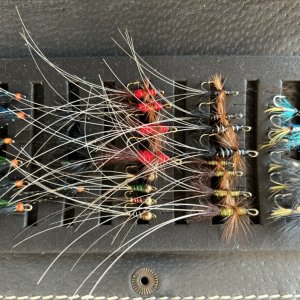Hey there,
As I'm getting heavy into tying. I'm finding my tying material is starting to stack up. I've got all kinds of plastic bins, stacked under and above my desk, but nothing that can store all the long flat stuff that I use most(packs of dubbing, hackle, peacock, etc.)that still provides easy access. I would love to find a smallish chest of flat drawers that can sit on my desk at the ready that doesn't break the bank. What are you guys using? I'm not a fan of those plastic office drawers that require you to lift and pull to get open. and most of them aren't long/wide enough for what I need.
Any input would be appreciated.
As I'm getting heavy into tying. I'm finding my tying material is starting to stack up. I've got all kinds of plastic bins, stacked under and above my desk, but nothing that can store all the long flat stuff that I use most(packs of dubbing, hackle, peacock, etc.)that still provides easy access. I would love to find a smallish chest of flat drawers that can sit on my desk at the ready that doesn't break the bank. What are you guys using? I'm not a fan of those plastic office drawers that require you to lift and pull to get open. and most of them aren't long/wide enough for what I need.
Any input would be appreciated.

